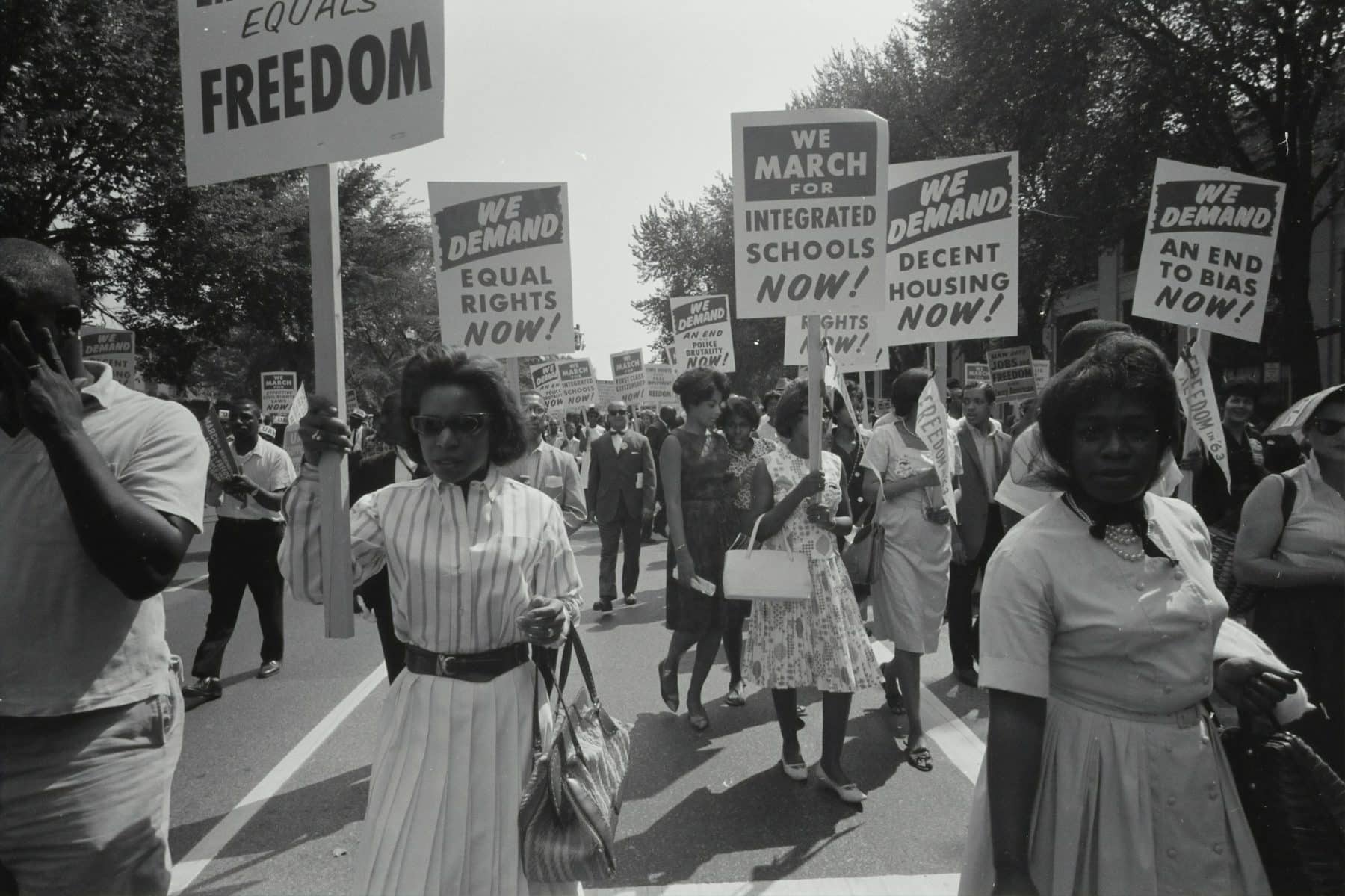
Topic
Equity
What is equity? Can it be measured? How and when does the issue come up in housing, education, employment, public utilities, and more? How are community organizations, grant-making institutions, and policymakers working to advance equity?
The Latest

Targeting First-Generation Homebuyers Is a Great Way to Direct Downpayment Assistance—And It Could Be Better
The proposed program could shrink the racial homeownership gap while serving a wide cross-section of people. But it only addresses some of the results of past discrimination.
Explore Articles in this Topic
Search & Filter Within this Topic
filter by Content Type
filter by Date Range
search by Keyword

After Redlining: Part 2
Headrights and redlining were parts of a systemic structure designed to aid some and debilitate others. Their repercussions are still felt.
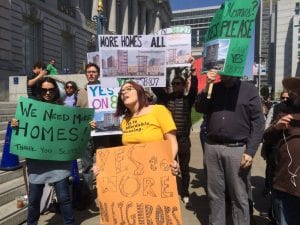
YIMBYs: Friend, Foe, or Chaos Agent?
The relationship between pro-building “Yes in My Back Yard” activists, longtime housing advocates, and anti-displacement organizers varies across the country, but has often been fraught with difficulties. Is there a way forward?

Long Before Redlining: Racial Disparities in Homeownership Need Intentional Policies
The wealth gap is probably best illustrated in the way our country has, and has not, provided access to the single most important determinant of wealth for the majority of people in the United States—home and land ownership.

Where Banks and the Public Agree on CRA . . . and Disagree
Despite a CRA exam pass rate of 98 percent, the major thrust of bank comments is that they want easier exams with fewer moving parts and less uncertainty.

Taking the Bus: Nonprofit Conferences and Integrity of Purpose
Nonprofits advocate for local transit spending, but annual conference logistics don’t typically include bus route information for attendees.
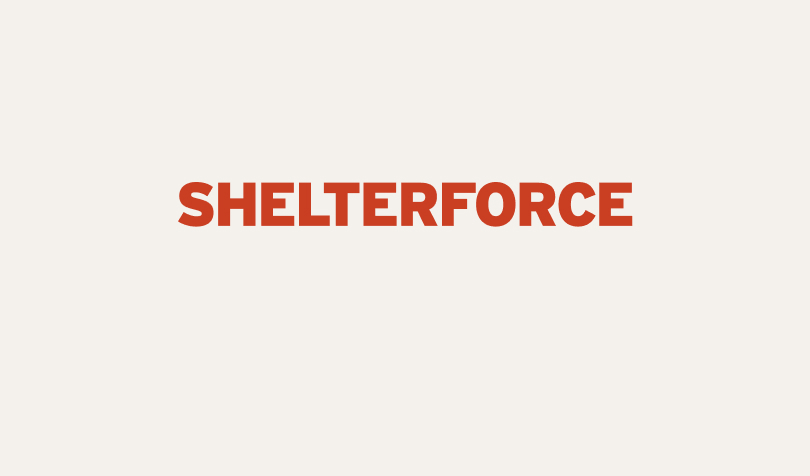
Is the Housing Market the Answer to the Racial Wealth Gap?
In discussions around closing the racial wealth gap, we should be reminded that a very large portion of wealth gained by white Americans should be seen as ill-gotten.

Shelter Shorts, The Week in Community Development—Oct. 19
News from—and affecting—the community development world. This week: rent really is racist, new tales of voter suppression, swimming pool access, a response to a pro-gentrification argument, more.

Shelter Shorts, The Week in Community Development—Oct. 12
News from—and affecting—the community development world. This week: fast food swamps, Seattle has too many apartments, criminal justice, basic income pilot, more.
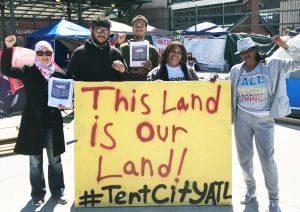
The Right to Stay Put
There is much work to be done around housing and equitable development, but the solution is not simply to move people around. A key challenge is creating real choice.

Signaling A Strong Message of Support For Immigrant Neighbors
In today’s climate, the first and often most important barrier between vulnerable residents and deportation is simply their front door.
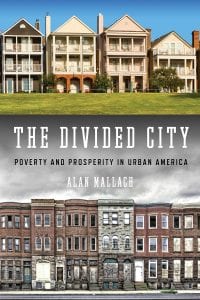
Can Cities Fix Their Polarization Problem? A Review of The Divided City
How different would cities look and how different would people’s lives be if those with the power to set policy and invest resources prioritized the most vulnerable residents and the neighborhoods they live in?

Los Angeles Should Expropriate This Land and Give It to Tenants
Though slumlords are not directly to blame for our nation’s wealth disparities, they profit from them. Seizing their property and giving it to tenants would produce a more just and equitable outcome than what has been practiced in the past.
